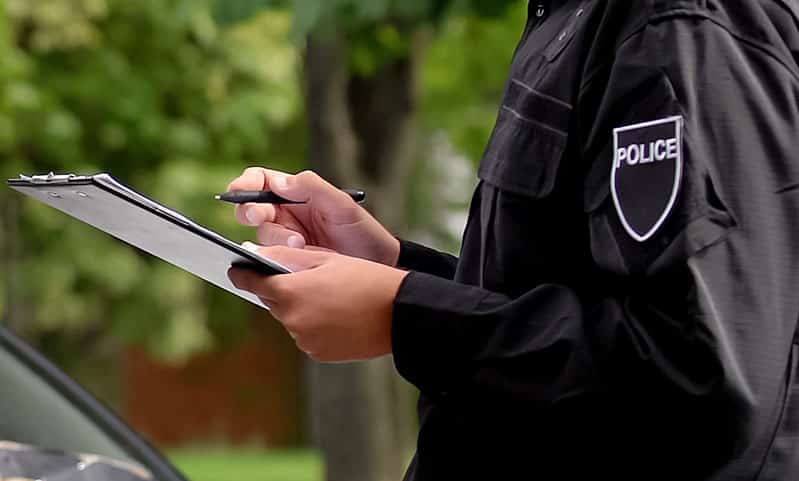Fewer vehicle collisions was supposed to be one of the silver linings of the dark pandemic lockdown cloud. But instead, the number of fatal wrecks increased in 2020, as drivers developed some very bad habits.
The number of fatal wrecks increased again in 2021, to their highest level since 2006.
Frequently, the police accident report is a key piece of the puzzle in these injury claims.
Usually, this report catalogs the evidence available at the scene, lists the names and contact information of witnesses, and includes a narrative which theorizes how the accident occurred.
But the police report’s quality is uneven. At best, a police report transforms a marginal claim into an open-and-shut claim. At worst, this report is almost useless.
A New York personal injury attorney is an even more important piece of the puzzle.
Usually within hours of a car crash, the insurance company has a posse of lawyers who look for ways to reduce or eliminate the financial compensation these victims need and deserve. If a victim doesn’t have a lawyer to level the playing field, the chances of obtaining maximum compensation drop to almost nothing.
Burden of Proof
Before we talk about the police report and other evidence in a car crash claim, let’s take a step back and talk about the burden of proof in these claims. Criminal versus Civil.
In criminal court, prosecutors must establish guilt beyond any reasonable doubt.
That’s one of the highest burdens of proof in the law. But in civil court, the burden of proof is only a preponderance of the evidence, or more likely than not. That’s one of the lowest burdens of proof in the law.
What does this difference mean for your claim for damages?
In short, it means that in civil court, a little evidence goes a long way.
An alcohol-related wreck is a good example. In criminal court, prosecutors need an overwhelming amount of evidence to obtain a conviction. But in civil court, a jury must only be convinced that the victim/plaintiff’s version of events is probably accurate.
On a similar note, the police report is usually inadmissible in criminal court. A few exceptions could apply, but they are difficult to establish. On the other hand, the police report is almost always admissible in civil court.
A New York personal injury attorney must simply lay the proper foundation.
Police Accident Reports: A Closer Look
As mentioned above, the police report’s quality and reliability varies significantly in different cases. Usually, the biggest variables are the location of the wreck and the severity of the wreck. These two things often go together.
Assume there is a fatal crash on the Long Island Expressway which involves a bus full of schoolchildren.
The NYPD has significant resources, including on-staff accident reconstruction engineers.
These professionals know how to fit bits and pieces of evidence together like pieces of a jigsaw puzzle. The NYPD usually brings all these resources to bear after a fatal accident.
Now assume there is a crash in a one-light upstate New York. A victim sustains a broken leg and a head injury. Tiny towns do not have much money, so an accident reconstruction engineer is usually unavailable.
Additionally, since the injuries were not catastrophic, local police will probably not summon state police or additional investigators. As a result, the police report, especially the narrative portion, may not be completely reliable.
There are also often issues with police reports in pedestrian, bicycle, and other accidents which have high fatality rates.
If the victim didn’t survive the wreck, or even if the victim was simply too hurt to give a statement, the accident report obviously only contains one side of the story.
Other Evidence in Car Crash Claims
So, if the police report does not support your claims, do not fret. That’s a very common problem which attorneys know how to work around. Additionally, supplemental evidence, mostly electronic evidence, is available.
Surveillance, red-light, or traffic camera video is usually available in car crash claims. Since most cameras record digital HD footage, this evidence is often very compelling in court.
Additional electronic evidence often includes a car or truck’s Event Data Recorder. EDRs measure and record steering angle, vehicle speed, and other information that’s often vital in a car wreck claim.
Electronic evidence is usually reliable as well. Assuming the devices were working properly, cameras and computers are never biased or incorrect.
Injury victims are often entitled to substantial compensation. For a free consultation with an experienced personal injury attorney in New York, contact Napoli Shkolnik PLLC. You have a limited amount of time to act.
